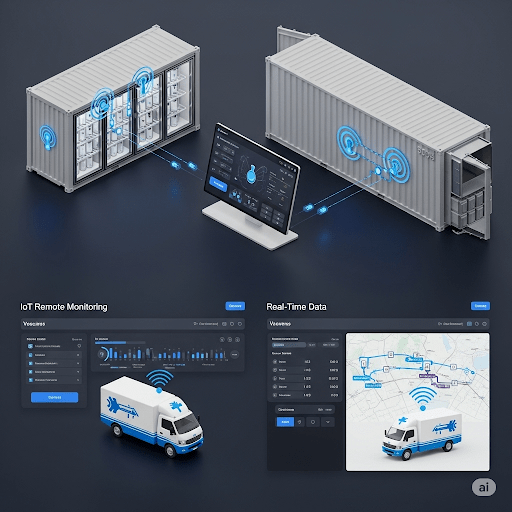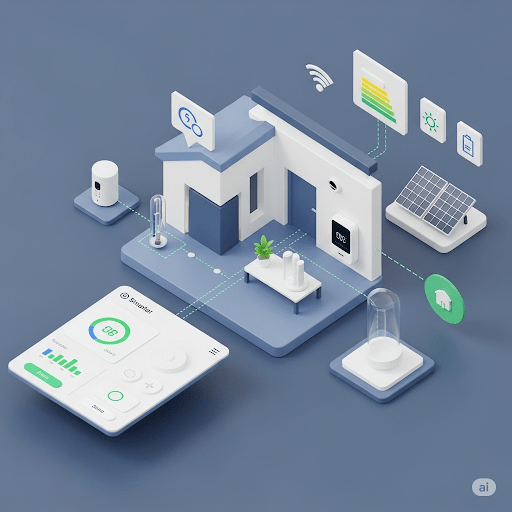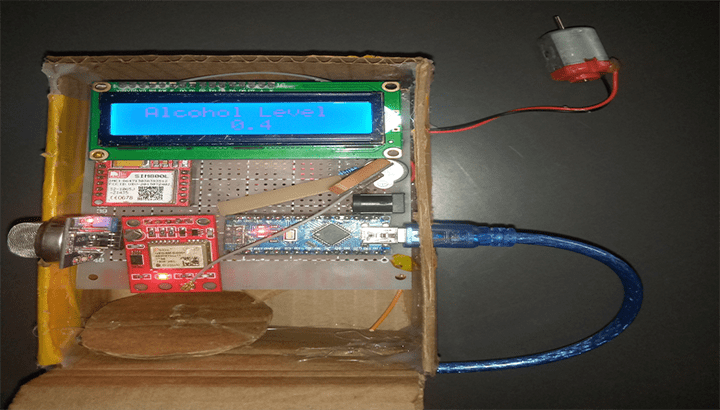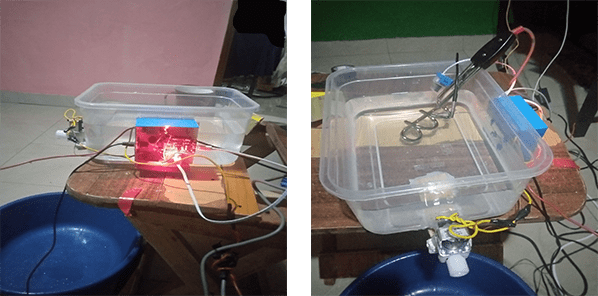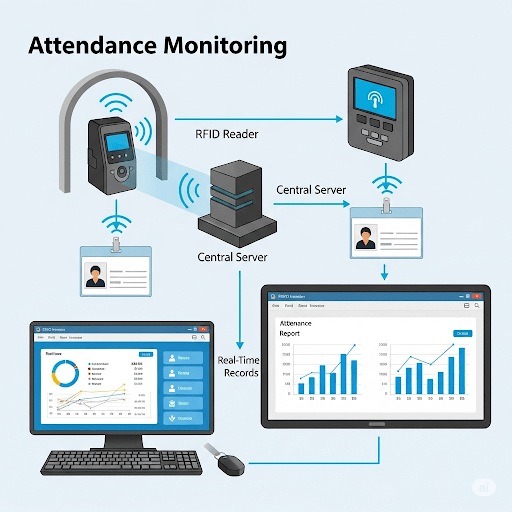Smart Noise Control System for Educational and Office Environments
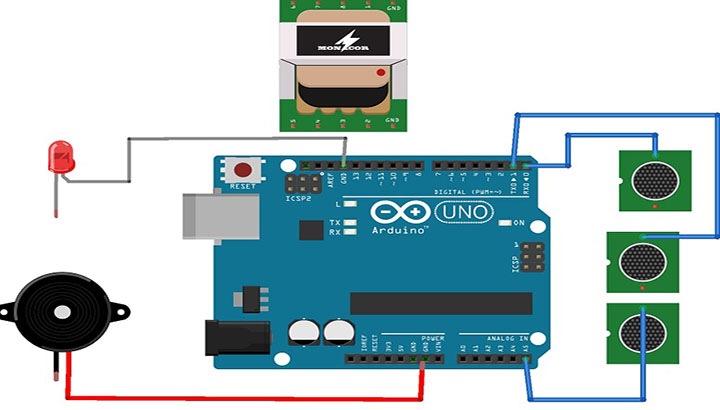
Noise pollution is a significant yet often overlooked environmental issue, impacting millions of people daily. Common health problems resulting from noise pollution include hearing loss, high blood pressure, heart diseases, sleep disturbances, stress, and headaches. The challenge in mitigating noise pollution lies in its detection and the subsequent silencing of the noise source, a task that is impractical to perform manually.
This project proposes an automatic noise pollution measurement and silencing system designed for use in environments such as schools, colleges, libraries, and offices. The system detects noise levels in real-time and automatically triggers alerts when the noise exceeds predefined thresholds, thereby facilitating noise control.
Key features of the system include:
- Automatic detection of noise levels.
- Real-time display of current noise levels.
- Automated alerts if noise levels exceed set thresholds.
- Customizable noise level settings based on specific requirements of the facility.
The system utilizes an array of microphones to accurately measure noise levels in three directions. An Arduino-based controller processes the noise data from these microphones continuously. Users can set the maximum allowed noise levels using the display and buttons on the device. When noise levels remain below the set threshold, the system status is indicated as green. If the noise exceeds the threshold, the system triggers a buzzer alert and displays a message, prompting individuals to reduce noise levels. The alert persists until the noise returns to acceptable levels, upon which the system reverts to green status.
While this project employs an Arduino controller, it can also be enhanced by using an ESP8266 module to send data online for remote monitoring and control. Alternatively, integrating a GSM module with the Arduino can enable SMS notifications for noise level alerts, further expanding the system's versatility and application in various settings.
This innovative solution provides an effective and automated approach to managing noise pollution, ensuring a quieter and healthier environment in various settings.
Related project idea for free
IOT remote monitoring solutions for efficient store and delivery of temperature-sensitive vaccines
Pandemics such as the COVID-19 pandemic cause a significant loss of human life around the world, and they constitute a very big challenge to public health. The lack of efficient and well-monitored vaccination systems leads to people's death and impact the economy of individuals and of the country...
Read more>>Design of an energy efficient system for smart home
Technology has been developing every day in human life. The need for the advancement of technology is to lead human life comfortably. The use of the Internet of Things is changing the face of development in all sectors of human life and it can be used for the successful implementation of energy-e...
Read more>>Drunk driving detection - Safe driving IOT project
The main purpose behind this project is “DRUNK DRIVING DETECTION”. Now a day’s many accidents happening because of the alcohol consumption of the driver or the person who is driving the car. The drunk driving is a major reason of accident in almost all countries all over the world....
Read more>>Swimming Pool Monitoring System, Save a kid from drowning - Arduino project with IOT
The objective behind designing this swimming pool monitoring system is actually based on my commitment that during the ongoing summer and during the summers coming ahead, we do not have to let any child drown. So, you are requested guys to share this content as much as possible, so that more an...
Read more>>Attendance Monitoring System using RFID - IOT project
Attendance Monitoring System means computerized software along with special devices to capture attendance data such as arrival time, absence, or presence of the student in the classroom or in the examination room; this project is developed by using Radio Frequency Identification (RFID) syste...
Read more>>
